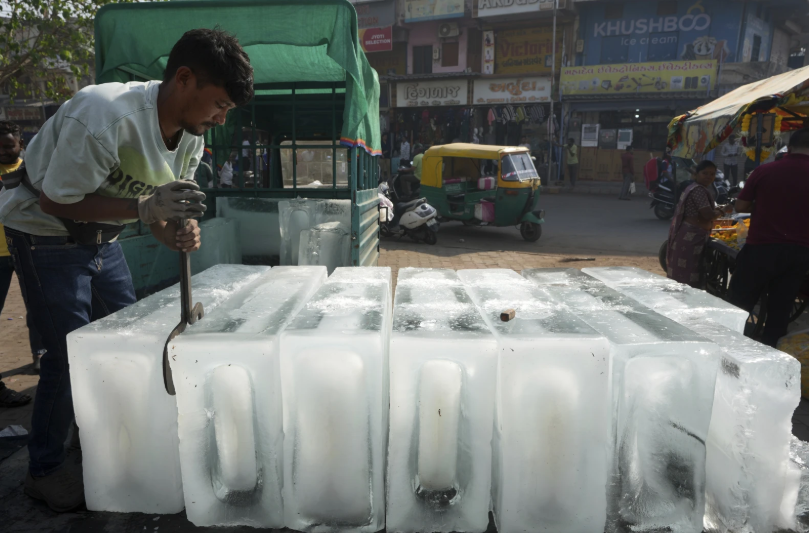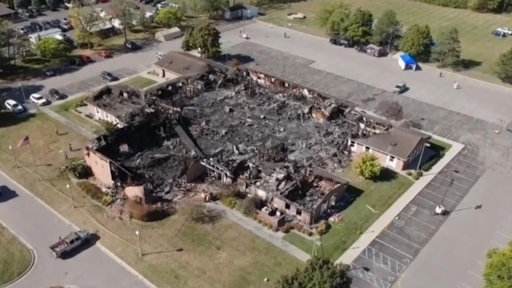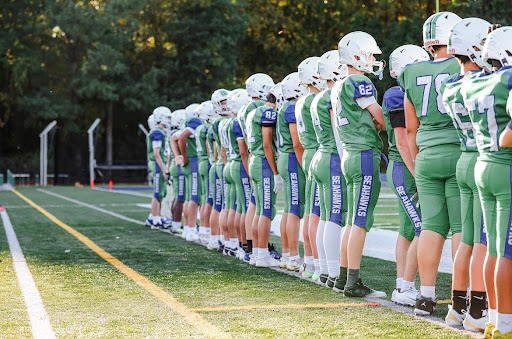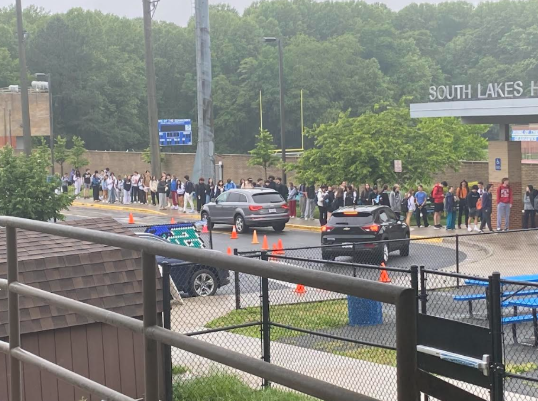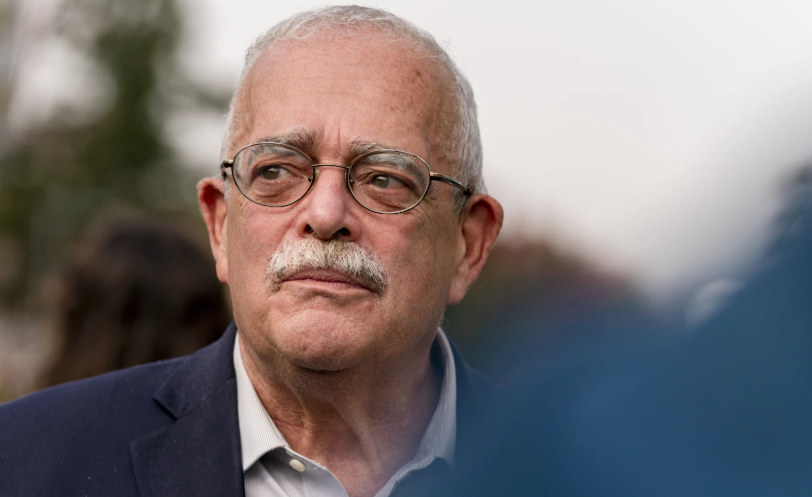India is consistently one of the hottest places to live on the planet. Following a deadly heat wave in 2010, the city of Ahmedabad organized an action plan to keep people cool. The city outfitted bus stops with sprinklers to mist the people waiting in the heat for the bus, and they painted reflective coatings on the tin roofs of houses to prevent indoor temperatures from getting too high.
These are just some of the ways the city pioneered an action plan against heat, which is a growing problem across India. Other cities have followed in Ahmedabad’s footsteps after the plan’s rollout in 2013, after seeing how well the system worked. According to city officials, it saves hundreds of people each summer. The heat wave in 2010 killed over a thousand people, so the city brought together a plan for the city to deal with high temperatures.
Two groups of people are the most affected by the heat: The poor, with limited access to shade and air conditioning; and those with outdoor jobs. Climate scientists and public health officials helped design the systems that, after the heatwave, keep the city cool. The city’s strategy of painting tin roofs made temperatures indoors 9 degrees Fahrenheit (5 degrees Celsius) cooler, which otherwise would have been even hotter than outdoors. The sprinklers at bus stops, which are paired with curtains woven from straw, have helped citizens find some respite from the heat.
According to residents, things got so hot inside with the tin roofs that outside temperatures were preferable. People like Akashbhai Thakor have felt the impact of the city’s attempts to cool things down. His roof was repainted with the special reflective coating as part of a research project, and Thakor can attest to their effectiveness.
“Earlier, it was really difficult to sleep inside the house,” Thakor said. “After the roof was painted, the house is much cooler, especially at night.”
Ratilal Bhoire, a 77-year-old living in Ahmedabad, appreciates what the city has done to help cool things down. “When nothing like this was here, it was really hot. What they’ve done is really good. Senior citizens like me can get some cooling from the heat,” Bhoire said as he waited in the canopy of a bus stop with his daughter. Although the city was hot, in years prior, Bhoire could still walk for long distances in the sun without becoming tired and dizzy. “Nowadays you can’t do that,” Bhoire said.
Summer temperatures are increasing due to climate change, and the city is feeling its effects. As climate models have shown that the months will only get hotter each year, city officials and researchers understand that the best thing they can do is to try and mitigate the effects. Cities across the globe will have to face these issues eventually. Studying the places that do a good job to combat climate change is one tactic to prepare for the gradual changes that the greenhouse effect brings.








